
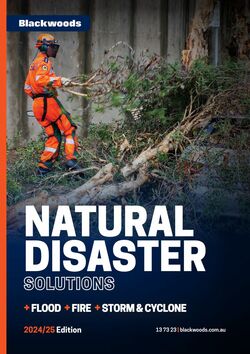
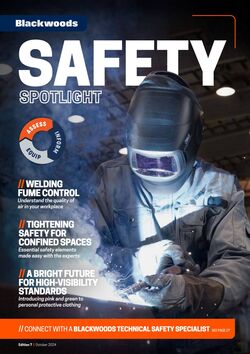

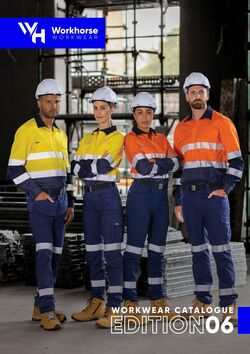
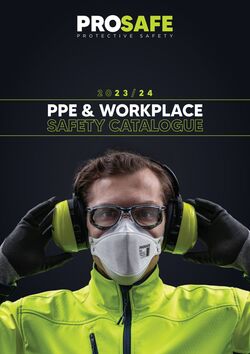
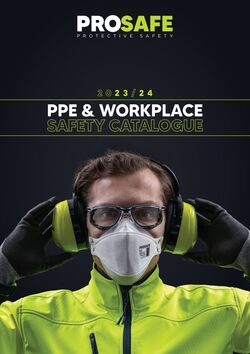
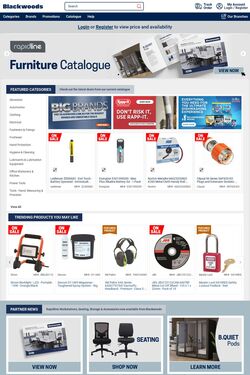
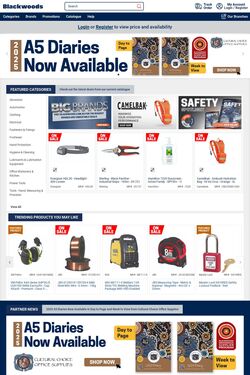
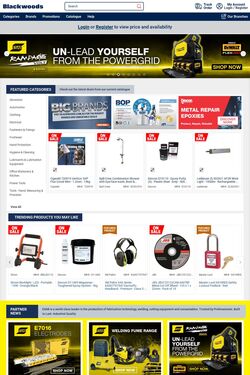
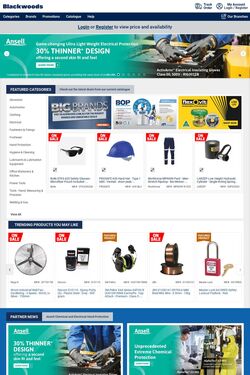

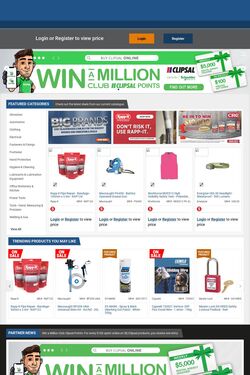
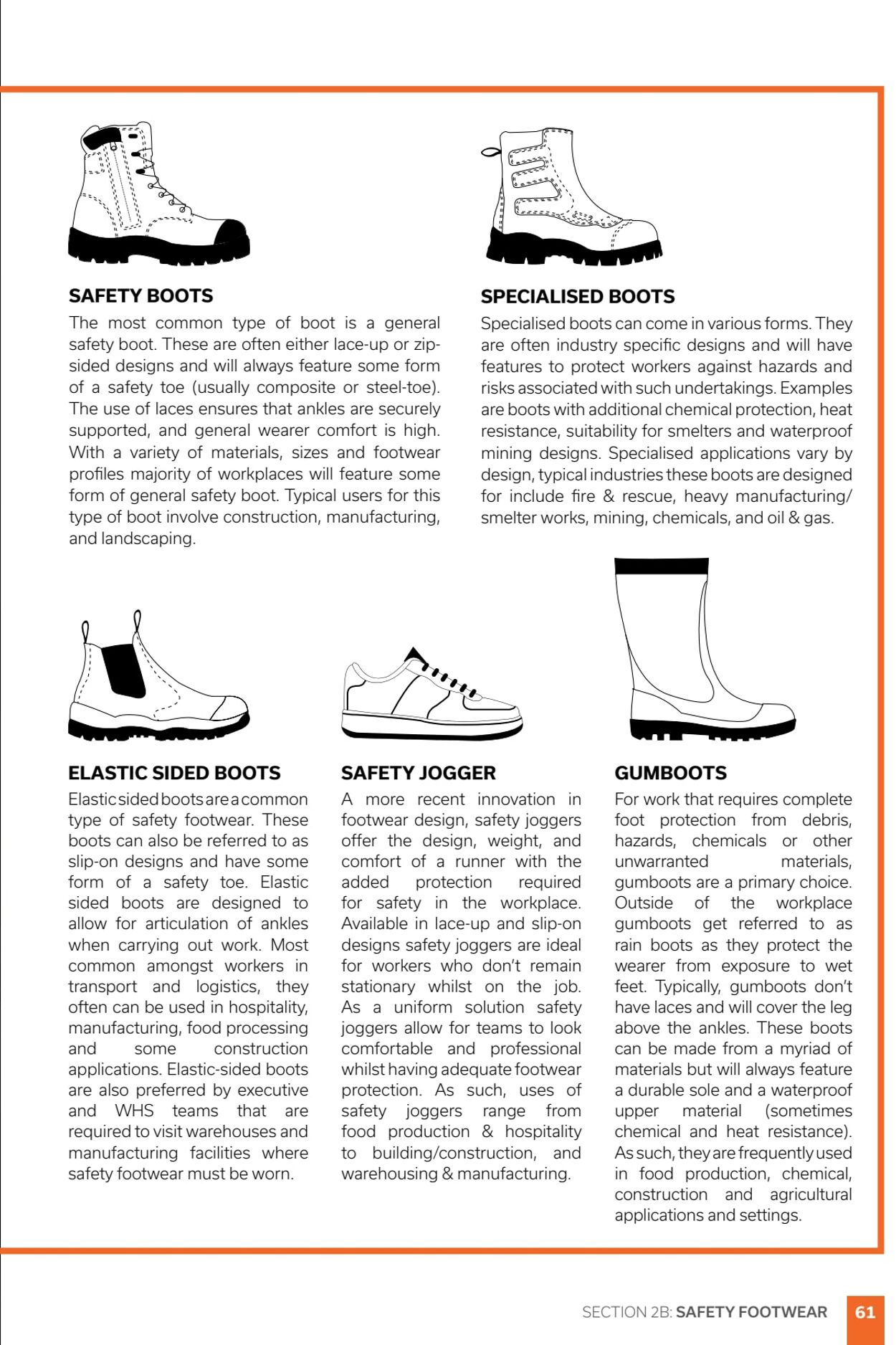
Products in this catalogue
SAFETY BOOTS The most common type of boot is a general safety boot. These are often either lace-up or zip- sided designs and will always feature some form of a safety toe (usually composite or steel-toe). The use of laces ensures that ankles are securely supported, and general wearer comfort is high. With a variety of materials, sizes and footwear profiles majority of workplaces will feature some form of general safety boot. Typical users for this type of boot involve construction, manufacturing, SPECIALISED BOOTS Specialised boots can come in various forms. They are often industry specific designs and will have features to protect workers against hazards and risks associated with such undertakings. Examples are boots with additional chemical protection, heat resistance, suitability for smelters and waterproof mining designs. Specialised applications vary by design, typical industries these boots are designed for include fire & rescue, heavy manufacturing/ smelter works, mining, chemicals, and oil & gas. and landscaping. ELASTIC SIDED BOOTS Elasticsided boots areacommon type of safety footwear. These boots can also be referred to as slip-on designs and have some form of a safety toe. Elastic sided boots are designed to allow for articulation of ankles when carrying out work. Most common amongst workers in transport and logistics, they often can be used in hospitality, manufacturing, food processing and some construction applications. Elastic-sided boots are also preferred by executive and WHS teams that are required to visit warehouses and manufacturing facilities where safety footwear must be worn. SAFETY JOGGER A more recent innovation in footwear design, safety joggers offer the design, weight, and comfort of a runner with the added protection required for safety in the workplace. Available in lace-up and slip-on designs safety joggers are ideal for workers who don't remain stationary whilst on the job. As a uniform solution safety joggers allow for teams to look comfortable and_ professional whilst having adequate footwear protection. As such, uses of safety joggers range from food production & hospitality to building/construction, and warehousing & manufacturing. GUMBOOTS For work that requires complete foot protection from debris, hazards, chemicals or other unwarranted materials, gumboots are a primary choice. Outside of the workplace gumboots get referred to as rain boots as they protect the wearer from exposure to wet feet. Typically, gumboots don't have laces and will cover the leg above the ankles. These boots can be made from a myriad of materials but will always feature a durable sole and a waterproof upper material (sometimes chemical and heat resistance). As such, they are frequently used in food production, chemical, construction and agricultural applications and settings. SECTION 2B: SAFETY FOOTWEAR
| Name | Details |
|---|